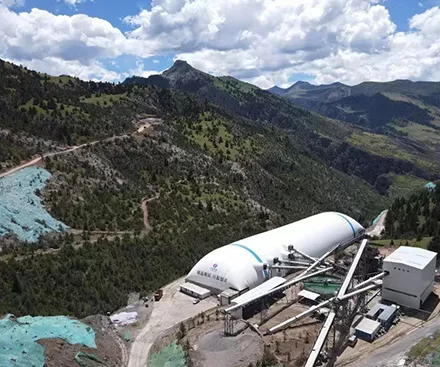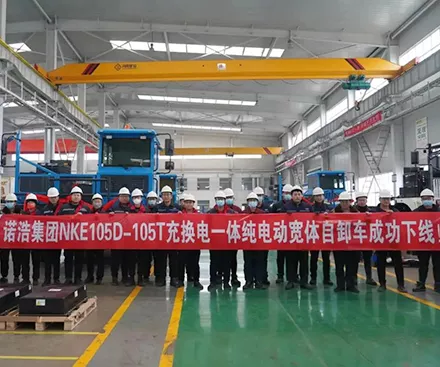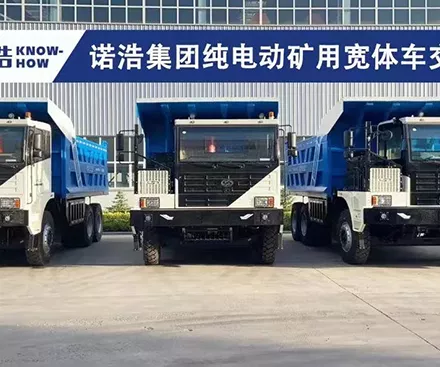Excavators are vital for construction and demolition projects, enabling tasks such as landscaping, demolition, and other related operations. Selecting the right excavator size and weight enhances productivity and shortens project timelines. If you're searching for a new excavator, this guide will help you make an informed decision.
Excavators are highly versatile machines, and their size encompasses several key factors:
- Depth: This indicates how deep the excavator can dig. Large-scale construction projects may require deeper excavation, whereas smaller projects often need only shallow digging.
- Weight: Excavator weight, measured in tons or pounds, reflects its capacity. Operating weight includes the total weight of the machine with a driver and a full fuel tank. Weight affects transportation needs and the machine’s impact on the ground.
- Dimensions: Dimensions define the excavator's physical size, including its height, width, and length. These factors determine the machine's suitability for different site conditions.
- Tail Swing: Tail swing design refers to how the excavator's house extends beyond its tracks during rotation. While some models feature a compact design that remains within the tracks or extends minimally, others are more suited for larger spaces. Tail-swing models are ideal for open areas, while compact designs are better for confined spaces.
Understanding the available options is the first step in selecting the right excavator for your project. Common excavator sizes include:
- Large Excavators: These powerful machines are designed for heavy-duty tasks in large-scale applications like mining and construction. They typically have operating weights exceeding 70,000 pounds and can reach excavation depths of over 20 feet.
- Medium Excavators: Midsize excavators offer a balance between power and versatility, making them ideal for projects with space limitations. With operating weights ranging from 28,000 to 38,000 pounds, they’re suitable for a wide range of tasks, such as pipeline installations and general excavation.
- Mini Excavators: Compact and easy to maneuver, mini excavators are perfect for small-scale projects and tight spaces. They have an operating weight of approximately 14,000 pounds and can reach digging depths of about 15 feet. Despite their smaller size, mini excavators are capable of handling a variety of excavation tasks and are commonly used for residential projects.
The size of the excavator you need depends on the scope of your project. Choosing the right size is crucial for efficiency and safety.
For example, a bucket that's too small for the job will require additional passes, wasting time and fuel. Conversely, a machine that's too large may be difficult to operate in tight spaces.
Here’s a guide to help narrow down your options:
- Landscaping and Land Clearing: Medium-sized excavators are ideal for digging, moving, and carrying materials in landscaping projects. These models can handle basic tasks efficiently without damaging the land and are well-suited for confined areas. Many feature limited tail swings for maneuvering close to structures.
- Demolition: The size of the excavator for demolition depends on the project’s scale. Large excavators are more efficient for large-scale demolition, while smaller projects may only require mini excavators. Always consider spatial limitations on-site to ensure the excavator can be used safely.
Again, your choice depends on several factors, including the working environment and the intended depth below ground level. Ideally, a 10,000-pound excavator or larger has the right balance of digging efficiency and maneuverability.
Investing in the right excavator can greatly enhance your project’s efficiency. Consider these key factors when making your selection:
- Depth: Match the excavator’s maximum digging depth with your project’s requirements. Be sure to account for underground utilities and soil conditions to ensure compatibility.
- Bucket Capacity: Choose a bucket with the appropriate capacity for your project. The right size allows for efficient material handling, and having multiple bucket sizes available can help manage various tasks.
- Reach Length: Ensure the excavator has the necessary reach for your project. For tasks requiring longer reach, look for models that offer extended reach capabilities.
- Transport: Consider how the excavator will be transported to the job site and maneuvered in available space. If renting, discuss delivery options with the provider to include transport costs in your budget.
- Lifting Capacity: Evaluate the heaviest materials you need to move and ensure the excavator can handle the lifting and transportation requirements.
- Working Environment: Assess the job site terrain, obstacles, and space constraints. Consider accessibility and ensure the excavator can move through all entry points.
- Budget: Consider the overall cost of the excavator. If the project is specialized or temporary, renting may be a more cost-effective option. You may also want to consider downsizing to a smaller excavator to stay within budget while meeting your needs.

Jul. 23, 2022
View More
Jun. 15, 2022
View More
Jun. 01, 2022
View More